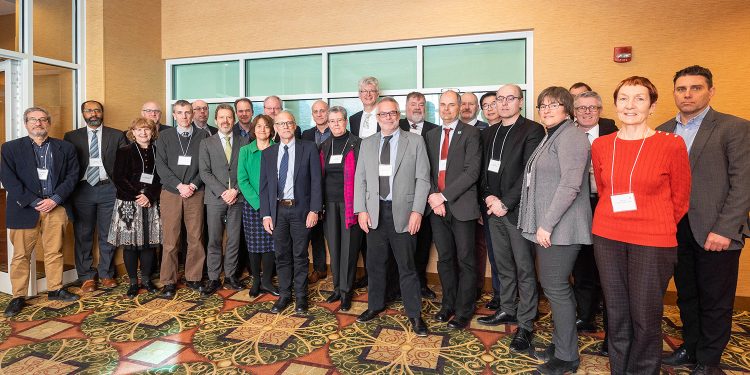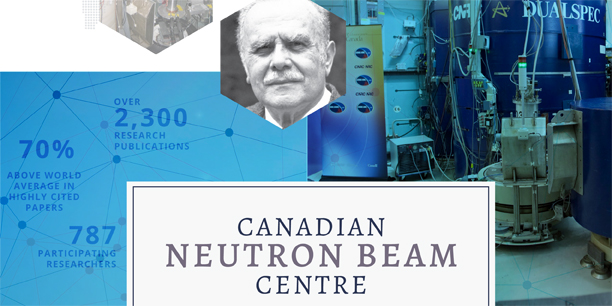CINS Scattering Spotlight: Simone Pujatti
Source: Mitchell DiPasquale
Contact: webmaster@cins.ca
Image: (Left) Serpentinite Rock (Right) 3D Rendering of porous network in a serpentinite (scale = 500 nm).
We’re all familiar with how rainwater flows across the ground into streams and rivers after a heavy rainfall. But what happens to the water that soaks deep into the soil and rocks?
The reactions between water and rock control the chemical evolution of the Earth. Water seeping through the Earth’s crust changes the rock and influences global-scale processes such as plate tectonics. One of the most important of these reactions is serpentinization, which occurs when rocks from the Earth’s mantle, upwelling at mid-ocean ridge, interact with seawater. The resulting green and scaly serpentinites may have been the key to the origin of life.

Vast regions of oceanic mantle rock have almost completely been transformed into serpentinite, releasing hydrogen and methane that can be used as nutrients by early-Earth microorganisms. The process of how water has been able to infiltrate deep into these highly impermeable rocks is still very much a mystery.
Conceptually, serpentinization deep into the mantle rock is fueled by a constant supply of water and solutes that creep through the porous network formed by the spaces between the solid particles of rock. In reality, theory predicts that the serpentinite formed in the reaction should clog the pores of the rock, sealing off the supply of reactants, and stopping the transformation. Unfortunately, to limitations of classic geological characterization techniques, researchers have yet to study the extremely small pore structure of serpentinites – ranging from tens to hundreds of nanometers.
Simone Pujatti, a PhD student at the University of Calgary, is employing a modern solution to research the feedbacks between serpentinization and porosity to explain how this reaction has taken over the Earth’s mantle.
Using a combination of small and ultra-small angle neutron scattering, Simone will capture and quantify the whole distribution of pore sizes in various mantle rocks drilled from under the Atlantic Ocean. Each sample is meticulously chosen to reveal the evolution of the pore network as serpentinization progresses.
“The evidence generated will elucidate the relationship between serpentinization extent, volume increase and changes in porosity. This will impact our understanding of systems both at the molecular level, as the pores can be inhabited by microorganisms, and at the regional scale since porosity changes drive serpentinization reactions through the oceanic crust.”
Simone Pujatti, University of Calgary
Neutrons provide a non-destructive technique to study the nano-scale porosity of materials, including rocks, under the high temperatures and pressures in which they naturally form. The broad microstructural range quantifiable by combining multiple neutron scattering techniques offers a unique tool to modern geoscientists, and Simone hopes it will provide the evidence necessary to resolve a century-old issue about solid volume increase during serpentinization.
CINS Scattering Spotlight aims to raise awareness for the world-class neutron research being conducted by students across Canada. We encourage you to share your research stories by contacting tharroun@brocku.ca













